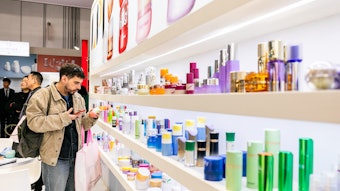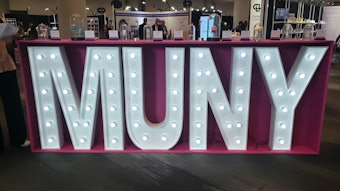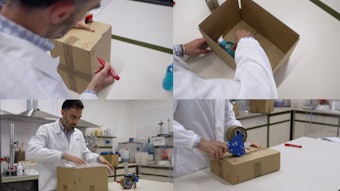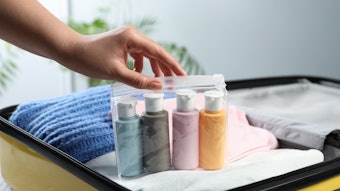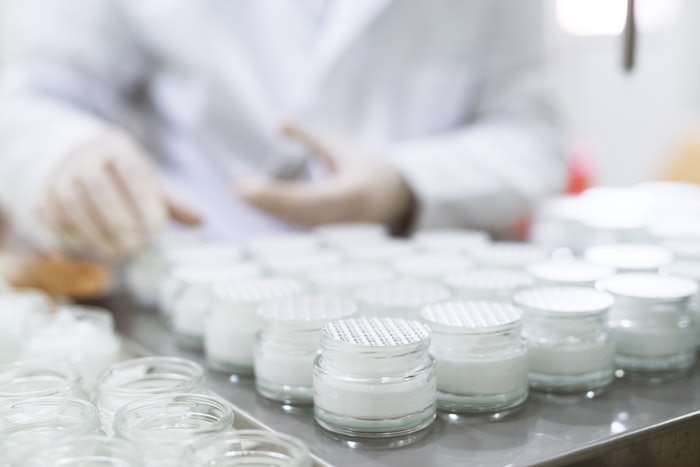
The Estée Lauder Companies (ELC) and Strategic Materials, Inc. (SMI) have published the findings from a cosmetic glass recycling case study. The study revealed that glass packages with light transmission below 3% may have difficulty passing sortability tests for recycling and that, to increase the likelihood of the material being sorted correctly, the light transmission threshold for glass packaging should fall above 5%.
This approach accounts for any variability in measurement results, particularly for low light transmission readings. ELC and SMI believe these findings will support the industry in creating glass that yields a higher output of recyclable cullet in an attempt to increase global glass recyclability rates.
ELC and SMI have collaborated on testing a variety of 200 glass beauty packaging for the last four years to gain a better understanding of what makes cosmetic glass packaging more efficiently sortable. The testing also aimed to determine how to best overcome the challenges of delivering luxury decorations, colors and formats that can be identified as recyclable.
While authors of the study recommend that further research continue to be conducted, they’ve identified several aspects of packaging design that play a role in a sortability: including:
- Glass composition
- Color
- Thickness of the glass
- Decorations (i.e. use of gradient, metallized inks, coatings)
- Labels
- Closures
- Product residue
In addition to new insights on the recyclability of various decorations, colors and formats, the study includes design best practices that can serve as a guide to product developers, package designers, suppliers and brands to help advance circularity.
ELC plans to train its packaging designers, product developers and glass packaging suppliers on the key criteria that were identified in the case study so they can make informed decisions when selecting and designing packaging materials.
ELC and SMI have published this case study as a resource with the Glass Packaging Institute, where industry professionals will have access to the findings and best practices.
Laura Hennemann, senior vice president of sustainability and corporate affairs, SMI, says, “While the majority of glass packaging recycled in North America today comes from the food and beverage industry, we have an opportunity to further advance circularity by looking towards the cosmetics and personal care industry. Through our collaboration with ELC, we are able to uncover what kind of glass cosmetics packaging can be most effectively recycled in practice and at scale and our hope is to remove barriers so that we can maximize recyclability yields and outputs to drive circular recovery throughout the system.”
Robert Peterson, senior vice president, global engineering and packaging, The Estée Lauder Companies, adds, “At ELC, we’re continually investing and innovating at every step of our packaging process to help drive more responsible packaging solutions that help enable our brands to deliver high-quality, luxury experiences to our consumers. We’re proud to collaborate with SMI, and other recyclers, suppliers, and industry partners, to incorporate more sustainable concepts into glass packaging designs and to advance responsible packaging solutions for our brands and the personal care and cosmetics industry at large.”

